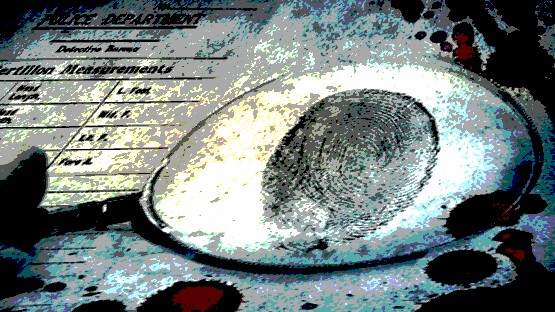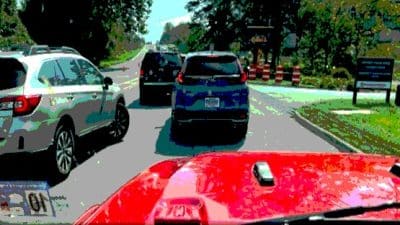
By Tom Horton
This piece is in memory of Niamh Shortt and Anne Horton Kelly, and inspired by Nick and Margaret Carter.
Ashes have been on my mind of late — the scattering of them, farewells to loved ones, both electing cremation.
In our Chesapeake Bay-centric, water-rich landscape with tens of thousands of miles of magical land-water edges, the default idea seems to be spreading one’s remains in or near the water.
That is technically illegal under the federal Clean Water Act, though I’m unaware of any arrests or fines. Nor does our murky and eutrophic estuary really need more nutrients, though I’m intrigued by a suggestion novelist John Barth, born in Cambridge, Md., on the Bay’s Eastern Shore, made for himself years ago. Feed him to the crabs, Barth mused. It was only fair payback because he’d had many a go at consuming those beautiful swimmers.
I’ve been rethinking cremation, which I’d always thought I’d opt for. While it saves space and bucks, and forgoes chemicals used in embalming, it uses roughly the same amount of energy it takes to power a U.S. household for a month, something to consider in this era of struggling to minimize carbon emissions.
Better alternatives might be composting one’s body in special chambers, now operating successfully in Washington state. You end up as rich soil. We’re already doing as much with poultry remains around the Chesapeake.
There’s also the “green” burial, where your body, sans chemicals or caskets or tombstones, is placed in wild natural landscapes, whose preservation is enabled by your interment fees. These operate in Georgia and California — but none I’m aware of in the Chesapeake states.
But if I end up ashes, I’m directing my scatterers to go high, not low — go upslope, on the ridgeline, anywhere but down by the water.
My thinking is ecological, not sentimental, cued by a remarkable essay, “Odyssey,” written nearly a century ago by Aldo Leopold and published in Sand County Almanac. (Still in print. Read it!)
Leopold, a forester by training, was one of the first to articulate the need for humans to develop an ethical relationship with land. “Quit thinking about decent land-use as solely an economic problem,” he wrote. “[Also] think in terms of what is ethically and esthetically right.… A thing is right when it tends to preserve the integrity, stability and beauty of the biotic community. It is wrong when it tends otherwise.”
Odyssey lyrically and scientifically traces the many paths of one atom of matter through the author’s native Midwestern prairie ecosystem, showing how the original prairie evolved to fiercely retain its minerals and nutrients and soils against the inexorable push of gravity — of water always flowing downslope, seeking the sea, eroding away the wealth of the land if unchecked.
A sampling: The atom, dubbed ‘X’ in Odyssey, is pulled from a crack in a rock, pried open in the “flash of a century” by the persistent roots of an oak. Freed from its prison, X “helped build a flower, which became an acorn, which fattened a deer, which fed an Indian, all in a single year.”
From human bones, X decays to live again “on a second trip through the bloodstream of the land. [This time] a rootlet of bluestem sucked him up and lodged him in a leaf that rode the green billows of the prairie June … hoarding sunlight.”
And then, so enchanting: “To this leaf also fell an uncommon task, flicking shadows across a plover’s eggs. The ecstatic plover hovering overhead poured praises on something perfect, perhaps the eggs, perhaps the shadows, or perhaps the haze of pink phlox that lay on the prairie.”
Imagining a more local journey of X, I like to think of him being sucked up by a rootlet of eelgrass, lodged in a leaf that shades and sequesters copulating blue crabs, olive and ivory conjoined.
But almighty gravity, and water’s way — always seaward, downslope — inexorably move X closer to the sea, where a bit of the watershed’s fertility would be lost for all meaningful time.
But life rebels: “living plants retarded the wash by impounding atoms; dead plants by locking them to their decayed tissues. Animals ate the plants and carried them briefly uphill or downhill.… no animal was aware that the altitude of his death was more important than his manner of dying.”
What a magnificently humbling notion! And even better:
“An Indian, having inherited an eagle’s plumes [X’s latest lodging], with them propitiated the Fates, whom he assumed had a special interest in Indians. … It did not occur to him they might be busy casting dice against gravity, that mice and men, soils and songs, might be merely ways to retard the march of atoms to the sea.”
We Bay dwellers have been drawn to the water’s edge forever: for seafood, transportation, drinking water, diluting our sewage, cooling our nuclear plants; for admiring birds and killing ducks, for kick-ass sunsets, progging for oysters, watching ospreys swoop on fish; for making love at the dark end of the dock.
So maybe take a half-pinch of ashes and sprinkle it on the ebb tide, among the marshes and the meanders of the creeks. But the bulk, take it high, up gradient, to where the watershed can essay more odysseys, where the marvelous predilection of nature in all its diversity can resist gravity and water’s way, greenly, boisterously, resolutely shouting “LIFE”!
Tom Horton, a Bay Journal columnist, has written many articles and books about the Chesapeake Bay, including Turning the Tide and Island Out of Time. He currently teaches writing and environmental topics at Salisbury University. His views do not necessarily reflect those of the Bay Journal. This article first appeared in the November 2022 issue of the Bay Journal and was distributed by the Bay Journal News Service.









